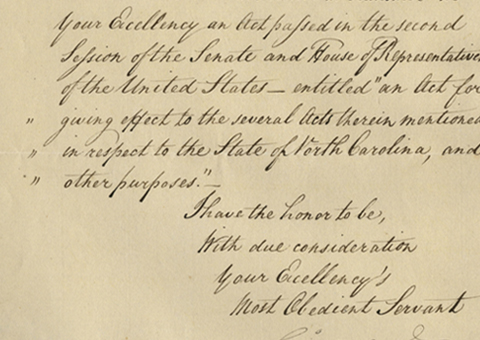Keitel Is Concerned About Evidence the German Army Planned on Massive Civilian Casualties


From this Nuremberg Defendant at Nuremberg.
During World War II, Keitel served as Chief of the Supreme Command of the Armed Forces, which was known as the OKW. He proved a weak and cautious commander, and never challenging Hitler’s orders, was referred to by his colleagues as a “Little Lackey.” He signed numerous orders of dubious legality...
During World War II, Keitel served as Chief of the Supreme Command of the Armed Forces, which was known as the OKW. He proved a weak and cautious commander, and never challenging Hitler’s orders, was referred to by his colleagues as a “Little Lackey.” He signed numerous orders of dubious legality under the laws of war, and unquestionably allowed Himmler a free hand with his policies of racial extermination.
On May 8, 1945, Keitel signed Germany’s surrender to the Red Army. Four days later he was arrested, and soon faced the International Military Tribunal at Nuremberg, which charged him with a number of offences: conspiracy to commit crimes against peace; planning, initiating and waging wars of aggression; war crimes; and crimes against humanity. The commander never expected to be acquitted but pled not guilty with the justification of just following orders.
Dr. Otto Nelte served as Keitel’s defence attorney during the trial which lasted from November 1945 to July 1946, and in his summation for the defence on July 8, 1946, stressed that his client was not trying to minimize the role he had played in the Third Reich, but to clarify its character. As he put it, Keitel was fighting to save not his neck but his face. He further stated that Keitel’s sole guiding principles had been loyalty and obedience. His client, he maintained, asked not for acquittal but for his tragic dilemma to be recognized and understood.
During the testimony in April 1946, a key document was entered into evidence that showed that the OKW_(and Keitel) had acknowledged openly that exploitation of Russian food supplies during the imminent invasion was going to entail the mass starvation of native inhabitants. This was recorded at a meeting of state secretaries on May 2, 1941, where it was discussed that
“…umpteen million people will doubtless starve to death when we extract what is necessary for us from the country.” In introducing this documentation, the prosecution stated, “If it pleases the Tribunal, another secret document captured from the OKW files, we think establishes the motive for the attack on the Soviet Union. It also establishes the full awareness of the Nazi conspirators of the Crimes against Humanity which would result from their attack. The document is a memorandum of 2 May 1941, concerning the result of a discussion on that day with the state secretaries concerning the Case Barbarossa. The document is initialled by a Major Von Gusovius, a member of the staff of General Thomas set up to handle the economic exploitations of the territory occupied by the Germans during the course of the aggression against Russia. The document is numbered 2718-PS in our numbered series of documents. I offer it in evidence as Exhibit USA-32.”
The production of this document disturbed Keitel who wanted to avoid being associated with it. He wrote Nelte from his cell.
Autograph Note Signed, Nuremberg, no date but April 1946, to “Attorney at Law Dr. Nelte.” “1. I have to see document number 2718 PS because I want to find out about the author of this nonsense!_a)_During the winter of 1944/45, von Gusovius was still at OKW headquarters. b)_General Schubert!?! 2. I shall, unfortunately, still have to trouble you about that lease. 3. One enclosure: notes!”
Keitel was right to be concerned by incriminating evidence like document number 2718 PS. He was found guilty on all charges and hanged.

Frame, Display, Preserve
Each frame is custom constructed, using only proper museum archival materials. This includes:The finest frames, tailored to match the document you have chosen. These can period style, antiqued, gilded, wood, etc. Fabric mats, including silk and satin, as well as museum mat board with hand painted bevels. Attachment of the document to the matting to ensure its protection. This "hinging" is done according to archival standards. Protective "glass," or Tru Vue Optium Acrylic glazing, which is shatter resistant, 99% UV protective, and anti-reflective. You benefit from our decades of experience in designing and creating beautiful, compelling, and protective framed historical documents.
Learn more about our Framing Services







































































































